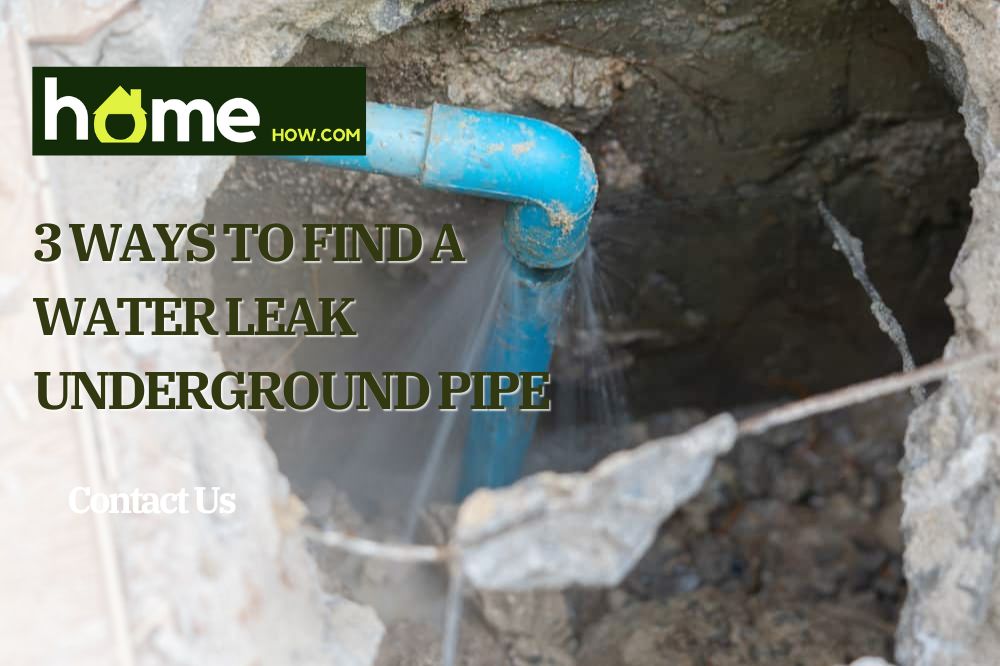Have you seen a shift in your water bill in the past months? Or perhaps your backyard has been showing indications of water spots lately? Don’t disregard these signs because they could be caused by underground water leaks!
To resolve this issue, it’s important that you know how to find a water leak underground pipe. In this article, we will cover all the major steps in the process of detecting underground leaks in your home. In addition, we will include some relevant tips on how to handle a simple pipe leak to save money.
How a small leak causes big damage to your household?
For some, a water leak may be a simple problem that does not need immediate action. Despite its seemingly minor impression, a small water leak could actually cause major damage in the future. Water leaks that are continuously ignored lead to flooding, fire, and other risky accidents.
And while these are definite consequences, there are other areas also affected. For one, your finances would be negatively impacted because of repairs and even replacements. Therefore, it’s highly recommended not to disregard a “small issue” so that it won’t become a major predicament.
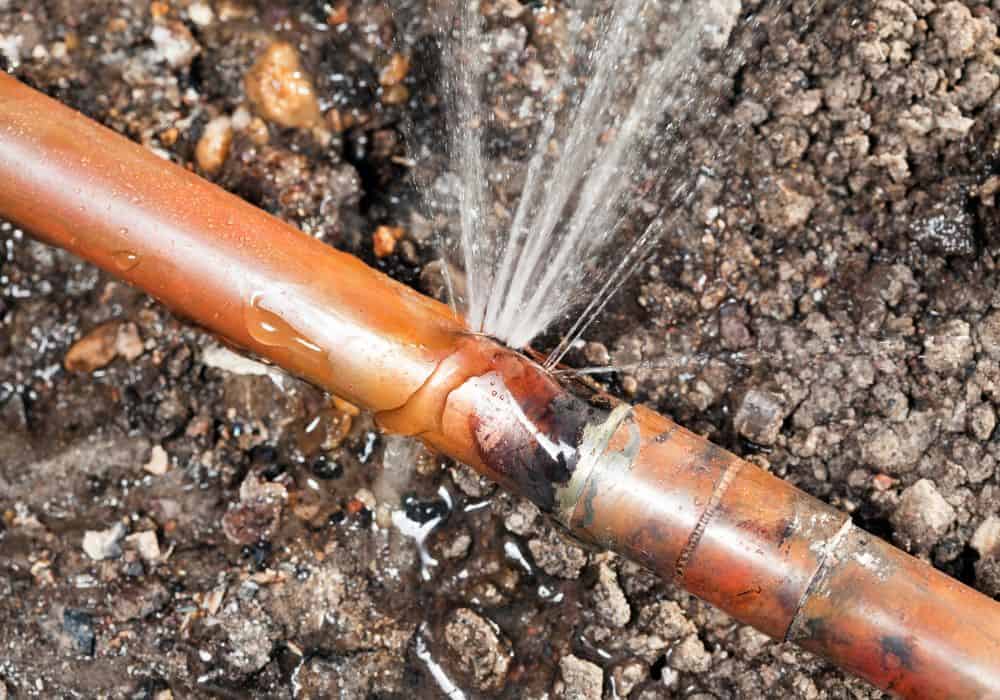
What are the causes of a pipe leak?
There are various reasons for damaged underground pipes. It may be caused by shifting of the ground where the pipes are installed or the growth of invasive roots. The temperature also plays a pivotal part in water supplies, sewer lines, and plumbing systems in general.
For one, if there’s a significant drop in the temperature, causing the water traveling through the pipes to freeze, then there’s a high percentage of the piping line to burst. Another possible reason for leaks is due to corroding pipes, especially metal-based pipe materials like copper pipes and brass pipes.
How to uncover possible underground water leaks?
There are key ways to determine if there is a leak in underground pipes. You need to keep an idea of these so you’ll be able to make the necessary actions as soon as possible.
1. Check your water bill.
This is definitely one of the most certain factors that you need to take into account when it comes to pipe leaks. Has your water bill undergone a drastic change in the past months? Have you been paying more than the normal water expenses without significant changes in your daily routine?
If the answers to these questions are yes, then there’s a high chance of a leak in the pipes. However, this step could not provide you with solid evidence of the problem. Hence, the need to further establish the cause, which leads us to our next step.
2. Inspect the discrepancy with the water meter.
Another way to confirm the issues with the plumbing is to evaluate the workings of your water meter. The water meter is a major aspect of a home’s water supply and is typically stationed along the curb of your house. This equipment, together with the main valve, is often secured inside a box with a lid.
Thus, you might need a large screwdriver to open it up. Once you have located the box, make sure that you turn off the main shutoff valve of your household. Subsequently, see if the meter is running even when the valve is turned off.
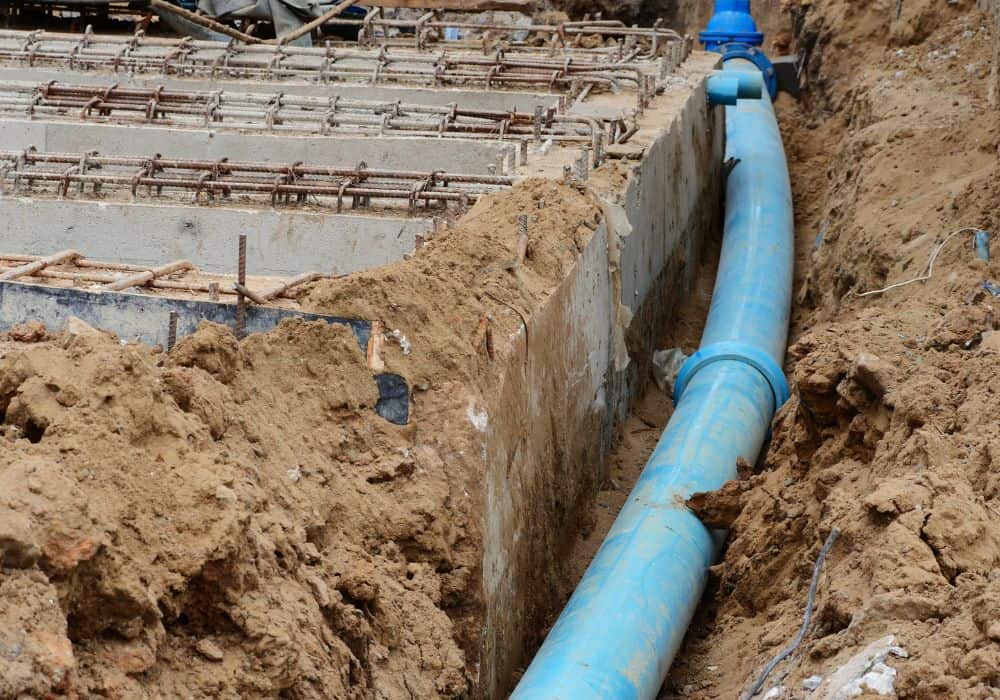
Most water meters have a leak indicator that is often characterized by a tiny triangle. The color of the leak indicator could be white, blue, or red. In general, if the house is using water, the indicator spins. On the other hand, if there is no usage of water, then it should not move.
So, if the indicator is still spinning despite all water sources in the household such as faucets, washing machines, toilet bowls, and such are already turned off, it signifies a leak in the pipes. Meanwhile, if your water meter does not come with a leak indicator, you should do the reading of the meter manually.
To accomplish this task, you need to take note of the current meter reading before. Then, leave the main valve for 30 minutes or an hour. Afterward, check the new meter reading and if there is a change despite no water usage, then it simply means a leak in the underground water supply pipes
3. Determine the cause of the leak.
Underground leaks can be tricky as you could not see the exact location of the pipes. Plus, the water supply pipes in some homes could be very extensive, doubling up your problems. More so, leaks may occur on the main pipes, elbow connectors, or other pipe fittings, which means a vast section to uncover.
Thus, you need to keep an eye on noticeable signs. We have gathered some of the most visible indications below for guidance:
- Mushy spots in your yard
If you come across a series of wet pots, it’s a clear indicator of damaged pipes around the area. Therefore, you should act immediately to avoid wearying of the ground foundation that would eventually weaken the structure of your home.
- Warping of the pavement
A budge along the sidewalk is another result of an underground water leak. The unusual flow of water causes the surface of the ground to warp and create a shift in the walkway. And unfortunately, this can be a very costly problem if left unattended.
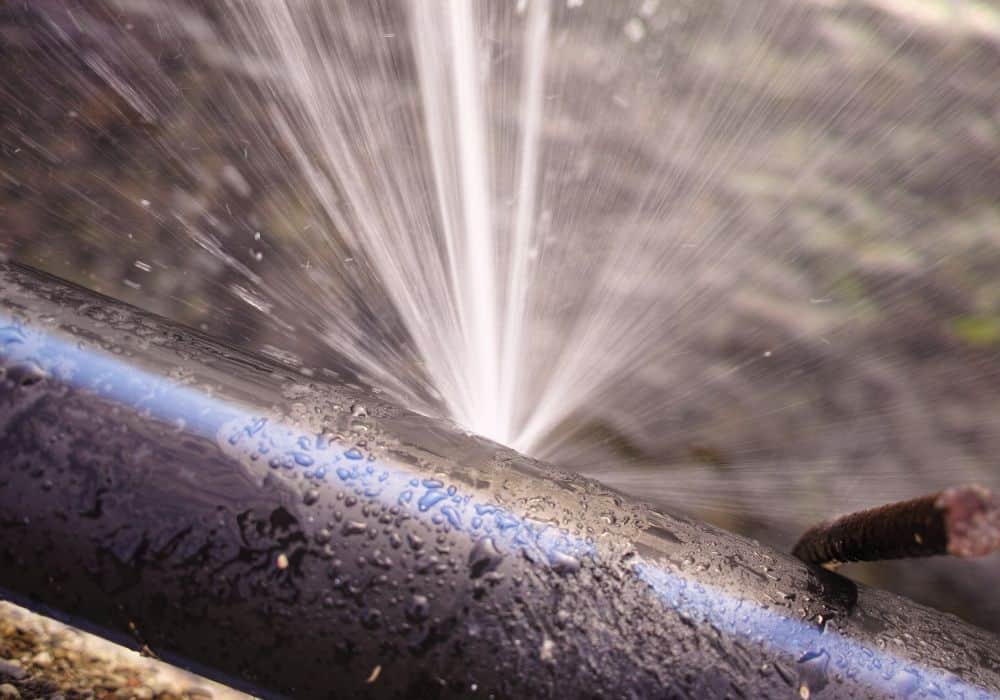
- Existence of sinkholes
Sinkholes or also known as potholes are another visible sign of a cracked pipe. These, however, can be very dangerous, especially when the sizes are too vast. Water can pour out of the hole, causing intense flooding and other possible accidents.
- Decrease in water pressure
Low water pressure could also be a hint of a ruptured pipe. So, if you’ve been experiencing sparse water supply from your sink or faucet, make sure you probe into the water meter and see other signs of an underground pipe leak.
- Contamination of water
Dirt on the water line is sometimes produced by damaged pipes. The leaks generally suction the filth and other harmful sediments into the piping line and the water supply of your home. And if there is water contamination, it can be potentially dangerous to your health.
- Unpleasant odor
Have there been an unpleasant smell lately around the kitchen sink or the toilet area? If you can’t find the visible source of the bad odor, perhaps it’s underneath! Cracked pipes that run through the sinks and drains are some of the possible reasons for the stink.
- Unusual sounds
Although sounds aren’t usually used to detect water leaks on underground pipes, they may still be helpful in alleviating the problem. Leak sounds are often associated with hissing or splashing. Thus, try to focus on the area with the loudest sound and try to look for a pipe vibration.
If you’ve done all the ways to determine the location of the leak and to no avail, it’s time to contact a plumber for help. Plumbers are the most trusted professionals who can assist you in terms of efficient leak detection.
They have leak locators like sewer scopes to detect the major source of the leak with ease. On top of that, they sometimes use nitrogen gas to identify the exact location of the problem. Moreover, plumbers are equipped with skills in doing repair and replacement of damaged pipes excellently.
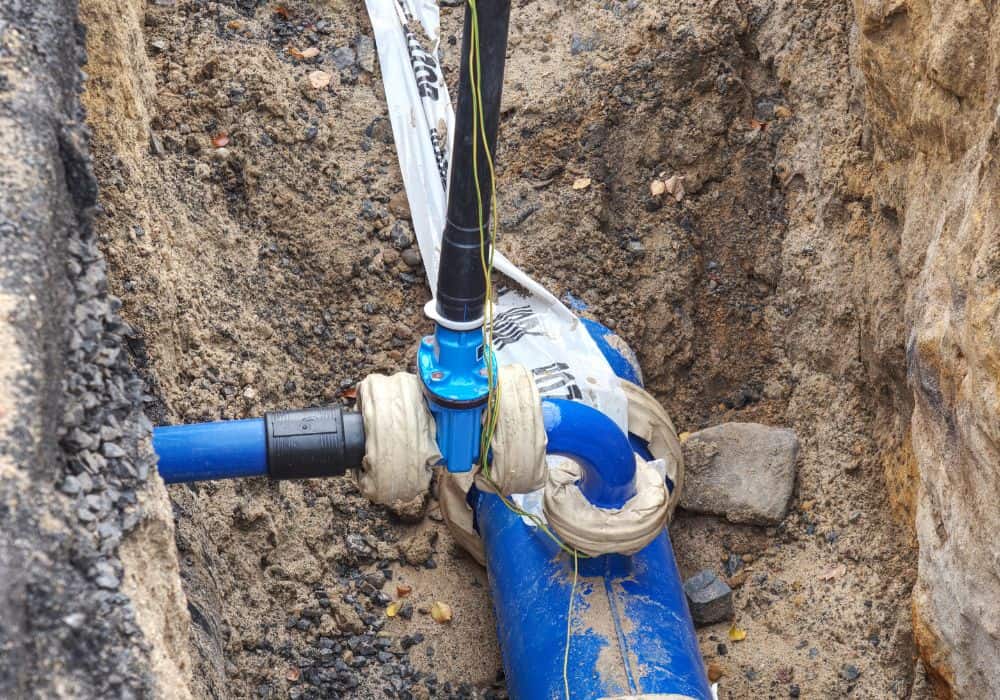
How to resolve water leaks on underground pipes?
Before you do the repair on your own, it’s important to determine first the exact ownership of the leaking underground pipe. Why? It’s because there are some communities with established rules when it comes to leaking pipes.
For instance, if the leak is found within the vicinity of the water meter or the house in general, then the house owner is responsible for the repair. Meanwhile, if the leak is found on the street section of the water meter, then the city takes up the responsibility. If you are unsure, simply call the city zoning office.
If you have established your ownership, you may now start with the repairs.
Step1. Shut off the main valve.
The first step is to make sure the main valve is turned off to isolate the area with the problem and prevent water contamination.
Step2. Start digging the trench.
Water service lines are normally positioned 1 to 3 feet below the soil or ground. So, it won’t be that difficult to dig a trench. While digging, there may be water accumulation, hence the need to bail water using a bucket.
Step3. Have a clear view of the damaged pipe.
Continue digging and try to create spacious access around the leaking pipe so you can easily work on the repair. You can make use of a hand trowel for a convenient digging process.
Step4. Repair or install a new pipe.
Once you have exposed the damaged line, it’s time to cut out the damaged area. It’s important that you swap it with the same pipe material.
Step5. Evaluate the replacement and refill the trench.
Upon completing the repair of the leaking pipe, you may now test it by turning on the main valve. Be sure to examine the changes properly. If the water meter is now working fine, refill the trench.
Conclusion
Finding the water leak underground may be a tedious process. Henceforth, if you want to skip the step-by-step procedures, you can definitely get assistance from the experts. But of course, having profound knowledge about these aspects can be very helpful.
